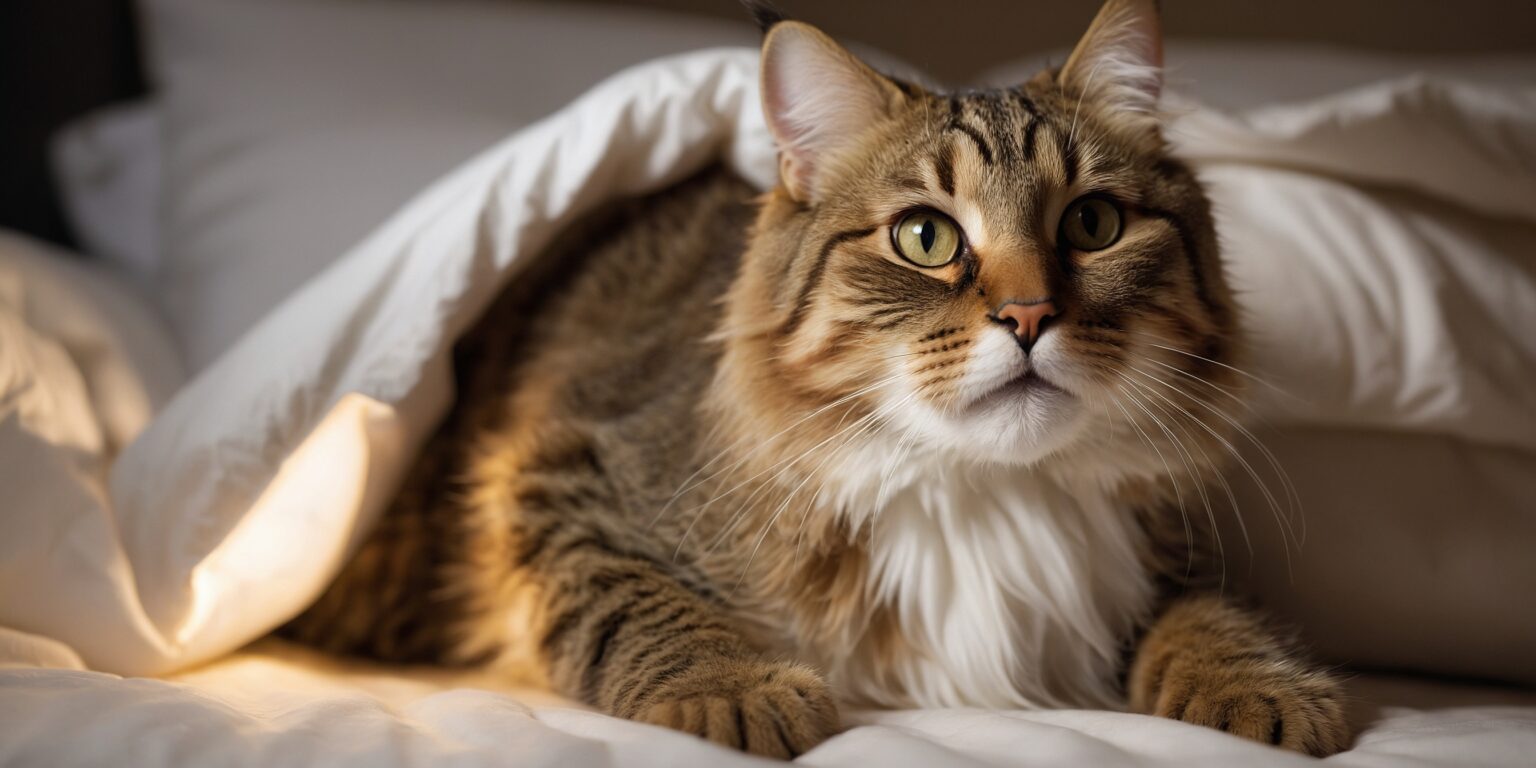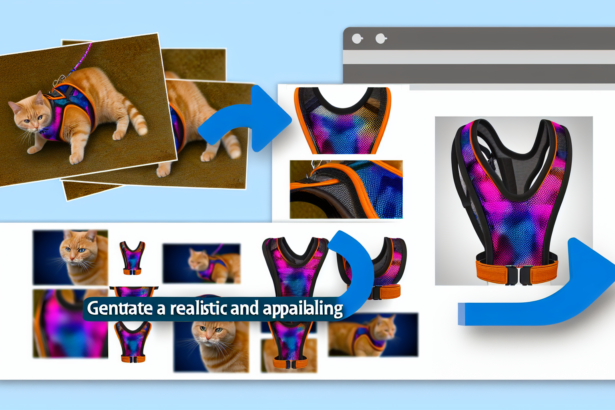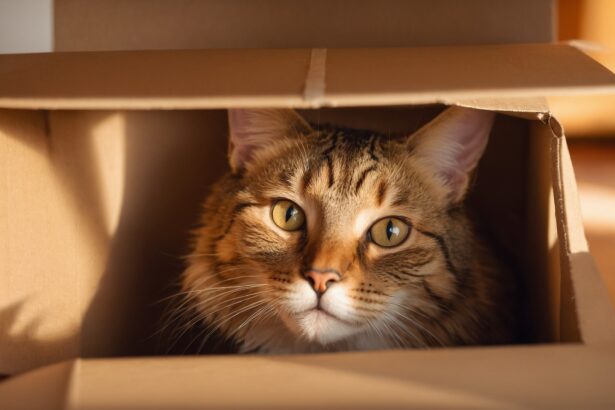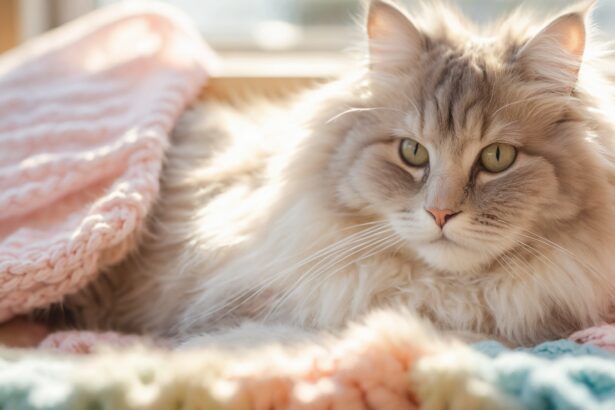Why your cat pounces on your feet under the comforter
Your wiggling toes beneath the covers look exactly like prey sneaking through grass. Even the sweetest house cat has a built‑in hunter that wakes up the moment something small moves fast and hides.
At night or in low light, that instinct is even stronger. Cats are crepuscular, most alert at dawn and dusk, which is why your bedroom can turn into a mini safari just when you want to sleep. If your cat is also vocal after dark, this may tie in with their natural rhythm; here’s why some cats get extra chatty at night: why cats meow at night.
Predatory play is healthy and necessary. Pouncing at hidden movement, batting, and quick ambushes all mirror a real hunt. Offering safe, structured ways to express that chase helps your cat relax afterward.
Play or attention seeking?
Many “toe attacks” are simply an invitation to play. Your gasp, giggle, or sudden kick can become part of the game and accidentally reward the behavior.
Some cats also use foot pounces to get attention, especially if daytime play was short or routine felt off. Your reaction teaches them whether this trick works.
Boredom and pent‑up energy
Without enough daytime outlets, energy explodes at bedtime. Cats that nap a lot will still crave bursts of action later.
Interactive play that lets them stalk and “catch” is ideal. Think chase wands, feather lures, and food puzzles that make meals feel like hunts.
A practical tip to try tonight
- Layer your bed: add a thin throw or flat sheet over your comforter at foot level. It blurs toe movement and acts as a soft shield without making you overheat.
- Stage a “prey drop”: keep one silent, soft toy on the nightstand. If paws appear, freeze your feet, then gently toss the toy away from the bed to redirect.
For more on turning nightly cuddles into calm ritual, you may also enjoy understanding why cats knead and how it soothes them: why cats knead.
What to do in the moment
Mistakes to avoid
- Don’t punish, shout, or flick the blanket. Big reactions can scare your cat or make the game more exciting.
- Don’t use your hands or feet as toys. It blurs boundaries and invites future nips.
- Avoid diffusing essential oils to “calm” cats—many are unsafe for felines. Choose cat‑safe options instead.
Gentle, effective responses
- Freeze your feet and stay quiet. Prey that stops moving is boring.
- Slowly slide your feet out of reach and redirect to a soft toy. A small plush or crinkle ball tossed away from the bed works well.
- If needed, step out briefly and end all attention until your cat settles. Return to bed once it’s quiet.
Create a soothing pre‑sleep routine
Follow a simple “hunt‑eat‑groom‑sleep” sequence 30–60 minutes before lights out. It mirrors a real hunt and helps switch off your cat’s brain.
- 10–15 minutes of interactive play with a wand toy, ending with a final “catch.”
- A small snack right after the game to complete the “hunt.”
- Calm brushing or petting, then lights down and minimal chatter.
Tip: a synthetic feline pheromone diffuser can support relaxation. For play structure ideas and why hunt games matter, see International Cat Care’s guidance on playing with your cat.
Long‑term prevention that really works
Feed the hunter during the day
- Scatter short play bursts: two morning minis, one afternoon, one early evening. Keep toys rotating to preserve novelty.
- Use puzzle feeders or scatter feeding to turn some meals into mini hunts.
- Offer window perches and “cat TV” viewing so your cat can watch birds and rustling leaves.
A vertical world helps too. A sturdy cat tree gives safe height, vantage points, and a place to burn energy. Here’s how to choose a good one: best cat trees guide.
Shape calm bedroom habits
- Give your cat a cozy alternative sleep spot: a warm bed or blanket across the room, not at your feet.
- Teach a simple “settle” cue with treats for lying on that spot. Reward calm, ignore pounces.
- If toes are irresistible, close the bedroom for a week while you build the routine, then reintroduce nights.
Mind the claws
Regular nail trims reduce accidental scratches without changing behavior needs. Pair trims with treats and go slow, or ask your vet for help.
Need a refresher on safe, stress‑free trimming? Try this step‑by‑step resource: guide to trimming your cat’s claws.
A surprising feline fact
Cats are experts at finding “invisible” prey. Their ears pinpoint tiny rustles, while whiskers and ultra‑sensitive paw pads read subtle vibrations under blankets—no x‑ray vision needed.
The sweet side of this quirky habit
Turn pounces into bonding
Toe attacks can become a game you both enjoy—just on your terms. Schedule the “hunt” before bed, end with a snack, and reward quiet settling.
The upside? A cat who meets their play needs is more likely to curl up peacefully afterward. If your feline loves sleeping close, here’s why that happens too: why cats sleep with us.
Read the signals
- Playful: ears forward, loose body, soft tail swishes, brief pounces.
- Overaroused: fast tail thrashing, flattened ears, dilated pupils. End the game calmly and try a quieter activity.
Conclusion
When your cat attacks your feet under the comforter, they’re not being naughty—they’re being a cat. Channel the hunter with structured play, set gentle boundaries, and build a calming routine.
Your reward: protected toes, better sleep, and a happier feline who feels understood.
FAQ
- Is my cat being aggressive or just playful? Most foot ambushes are playful predatory behavior. If you see hissing, pinned ears, or full‑force bites, stop and reassess triggers.
- How do I stop it instantly without rewarding the behavior? Freeze, cover your feet, then quietly redirect to a soft toy tossed away from the bed. Keep words and eye contact to a minimum.
- What bedtime routine reduces night pounces? 10–15 minutes of wand play, a small snack, brief grooming or petting, then lights down. Repeat daily for a week to set the habit.
- When should I seek help? If attacks draw blood, escalate suddenly, or your cat seems anxious or in pain, consult your vet and consider a feline behaviorist.








